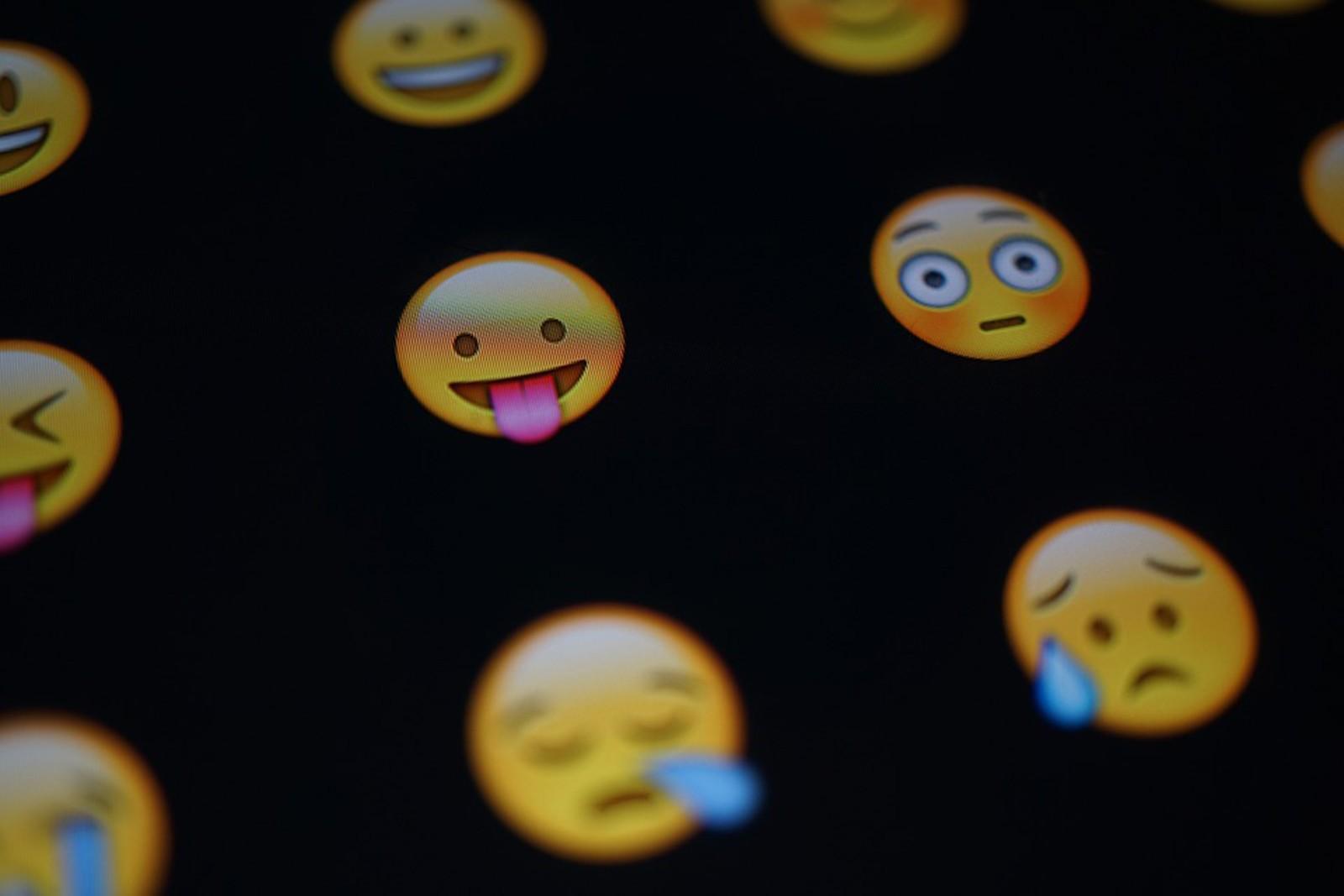It’s all kissy faces and heart emojis until someone goes to court. A 12-year-old Virginia girl was set to appear in juvenile court late this month to face charges of making threats to her school through the use of emojis in Instagram comments, The Washington Post reported.
An officer at Sydney Fairfax Middle School started interviewing students on Dec. 14, 2015 after being made aware of the girl’s comments, The Washington Post reported. The officer then tracked the poster’s IP address and found the twelve-year-old girl posted the comments while posing as another student.
The girl’s comments consisted of “killing [gun emoji],” “meet me in the library Tuesday,” and the gun emoji, knife emoji and bomb emoji all next to each other.
The girl’s mother told The Washington Post that her daughter did not mean any harm and only posted the messages in response to being bullied. The girl was slated to appear in juvenile court in late February, but her case’s outcome is not known because juvenile court records are not public.
This story has gained so much attention because nobody, especially in court, has really been forced to interpret emoji language before. Using pictures to convey meaning is nothing new, but it’s a brave new world when combined with social media. There’s no precedent in defining what it means to make a threat with only emojis.
As with texts, figuring out an emoji’s meaning is difficult. There are no inflections, facial expressions or gestures to give the messages context. Ironically, emojis were invented to clarify messages, but now they’ve evolved into much more ambiguous tools.
It’s entirely possible to make threats through emojis. But when the supposed threats come from a generation fluent in that language, determining severity is a difficult task. The cartoon nature of emojis usually suggests a lighter tone. And when children use them, their seriousness heavily diminishes. Today’s middle schoolers use social media more fervently than prior generations.
It’s a lot to go through the legal system and charge a middle school girl for something as serious as threatening to attack her school. But the school is probably just taking precautionary measures. It’s better to investigate the comments and have there be no threat as opposed to ignoring the comments and ending up with another tragedy.
There are kids who like to stir up trouble but pose no serious harm, and social media is another avenue for them to exercise their chaotic tendencies and another space they must learn how to conduct themselves in.
Sometimes kids don’t know what they’re saying. That’s not an excuse for this girl’s actions, but rather motivation to push adults to teach children how to communicate on the Internet. Some schools do teach students how to behave online, but these programs are either not taken seriously or only deal with how to handle cyber bullying.
As this incident makes apparent, adults don’t even know how children communicate online. Kids need to know how to be on the Internet, but adults don’t know how to guide them. That’s why a universal code needs to be taught to both administrators and students. A little education and dialogue never hurt anybody.
In a prior age, drawing these messages and images on a note would warrant an appointment with the principal, at worst. But when posted on a public platform, police get involved, and to the audience, the medium matters. No longer is an incident such as this contained to just the school. Now it’s online for all to see.
Just knowing that adults are watching may be enough to make children use emojis appropriately. Not even social media is safe from scrutiny.
Kids think they’re free from the watchful eye of parents and other authority figures on social media, but the opposite is true. On social media, there’s an even wider audience and more ways to get in trouble.


















































































































